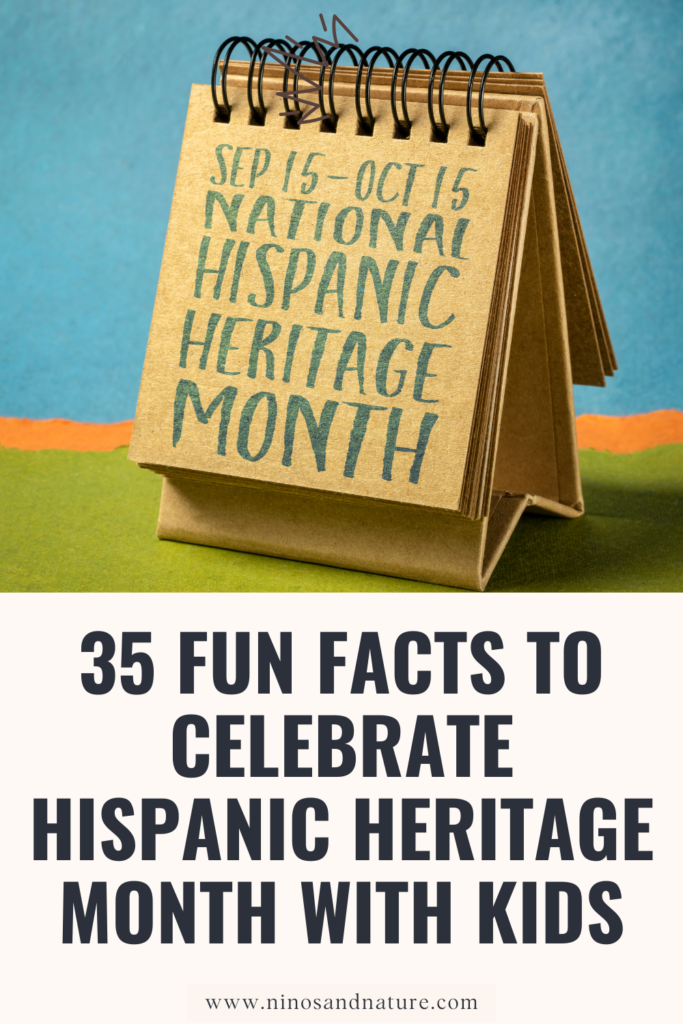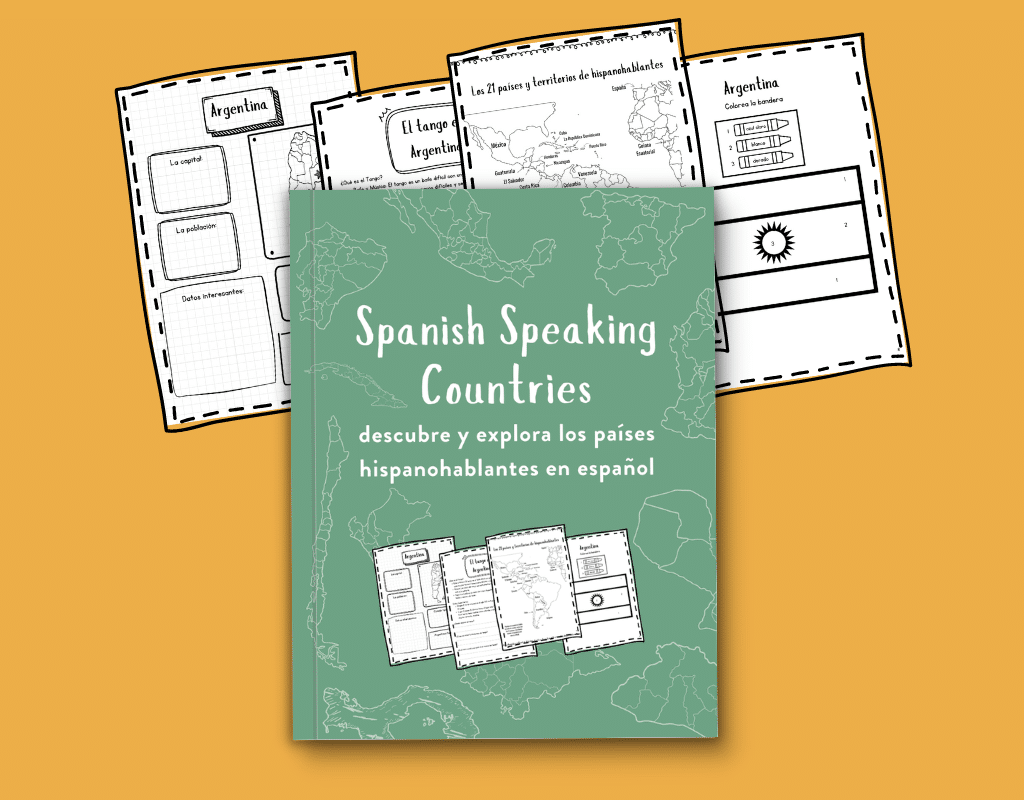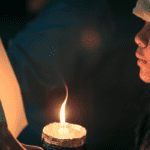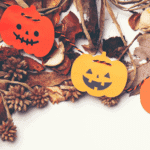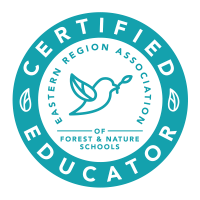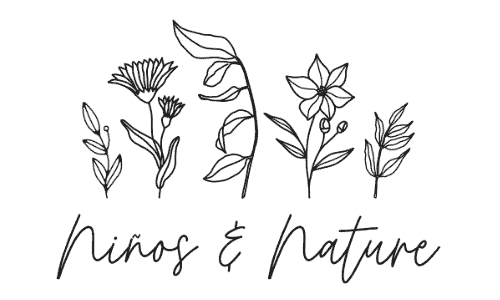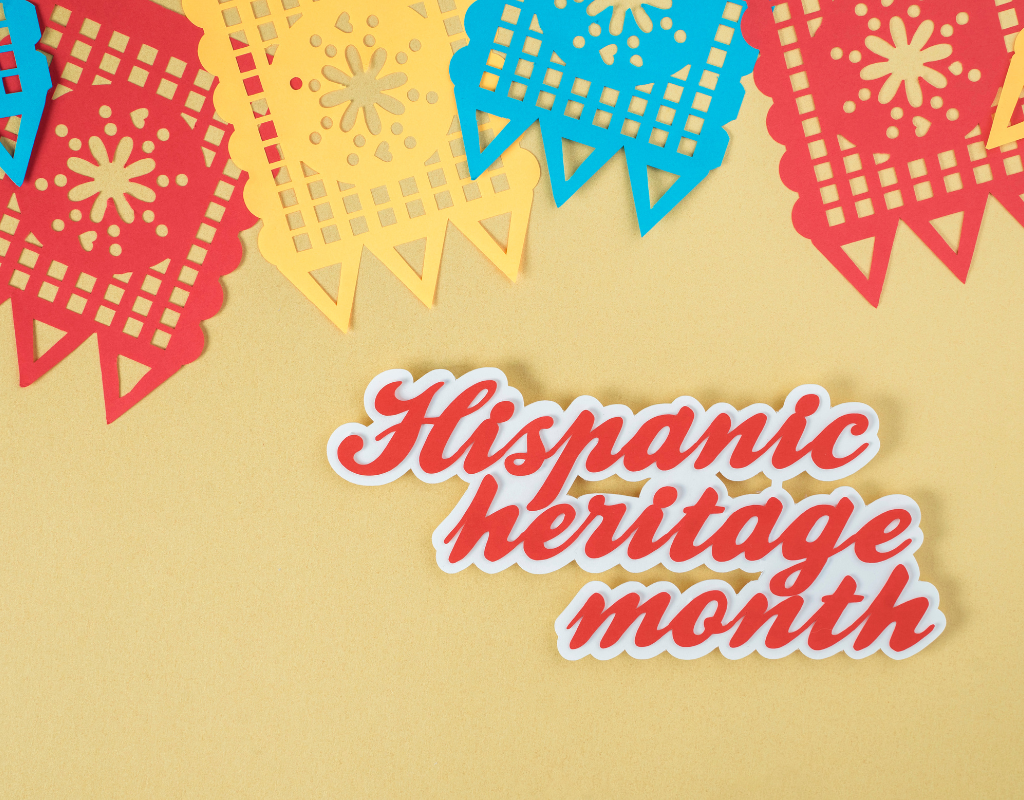
35+ Fun Hispanic Heritage Month Facts to Share with Kids
In this post: Find 35 Fun Hispanic Heritage Month Facts to Share with Kids and Students! Plus discover fun ways to learn more ways to celebrate Hispanic Heritage Month. Post contains affiliate links.
Hispanic Heritage Month is a wonderful time to celebrate the vibrant cultures, traditions, and contributions of Hispanic and Latino communities. From September 15 to October 15, schools, families, and communities around the world come together to honor the history and influence of Hispanic cultures.
To help you celebrate, I’ve compiled over 35 fascinating “Did You Know?” Hispanic Heritage Month facts that parents and teachers can share with their kids or students each day. These facts cover a wide range of topics, from cultural achievements to environmental wonders, historical milestones, and social contributions across the Hispanic and Latino world.
Table of Contents
What is Hispanic Heritage Month?
Hispanic Heritage Month is a national celebration in the United States that honors the histories, cultures, and contributions of Hispanic and Latino communities. It takes place from September 15 to October 15, a time chosen to coincide with the independence anniversaries of several Latin American countries, including Costa Rica, El Salvador, Guatemala, Honduras, Nicaragua, Mexico, and Chile. The celebration began in 1968 as Hispanic Heritage Week under President Lyndon B. Johnson and was expanded to a full month by President Ronald Reagan in 1988. Today, Hispanic Heritage Month is an opportunity to recognize the lasting impact of Latino figures in fields such as politics, art, music, and science, and to celebrate the vibrant cultures that continue to shape the U.S. in meaningful ways.
How to Use These Hispanic Heritage Month Facts
These fun and educational facts are perfect for sparking conversations and fostering curiosity about Hispanic and Latino cultures. Here are a few ideas on how to use them:
- Daily Fact Sharing: Share one fact each day with your students or children throughout Hispanic Heritage Month. Share them at the breakfast table, or write them on your board for students to read and reflect on each day.
- Classroom Discussions: Use these facts as conversation starters in your classroom or home to inspire deeper discussions about Hispanic history, geography, and culture.
- Creative Projects: Encourage your children or students to choose a fact and do further research, creating a mini project or presentation about the topic.
- Bulletin Boards: Create a vibrant Hispanic Heritage Month bulletin board in your classroom or home and feature a new fact each day.
These facts provide a fun and easy way to engage kids in learning more about the diverse cultures that make up the Hispanic world!
Did You Know? 35+ Facts to Share During Hispanic Heritage Month
Here are 35 Did you know or ¿Sabías que…? facts that highlight the diversity, history, and contributions of Hispanic and Latino cultures around the world. Share these each day to celebrate and spark curiosity!
- ¿Sabías que…? Sonia Sotomayor became the first Latina woman to serve on the U.S. Supreme Court in 2009, paving the way for future generations of Latino leaders in law and justice.
- ¿Sabías que…? The Aztecs of ancient Mexico developed one of the most sophisticated agricultural systems in history, including chinampas, floating gardens that increased their food production to feed the massive city of Tenochtitlan.
- ¿Sabías que…? Simón Bolívar, known as “El Libertador,” led independence movements across six South American countries—Venezuela, Bolivia, Colombia, Ecuador, Peru, and Panama—helping to end centuries of Spanish colonial rule.
- ¿Sabías que…? Lin-Manuel Miranda, the creator of Hamilton and In the Heights, is of Puerto Rican descent and has used his platform to highlight Latino culture and history on Broadway.
- ¿Sabías que…? The concept of “magical realism,” blending reality with fantastical elements, originated in Latin America, with Gabriel García Márquez’s One Hundred Years of Solitude as one of the most celebrated novels in this genre.
- ¿Sabías que…? The Quechua language, spoken by the Incas, is still spoken by millions of people in countries such as Peru, Bolivia, and Ecuador, making it one of the longest-surviving indigenous languages in the Americas.
- ¿Sabías que…? Mexico’s ancient city of Teotihuacán, home to the Pyramid of the Sun and Pyramid of the Moon, was one of the largest cities in the world in 500 AD, with a population of around 125,000 people.
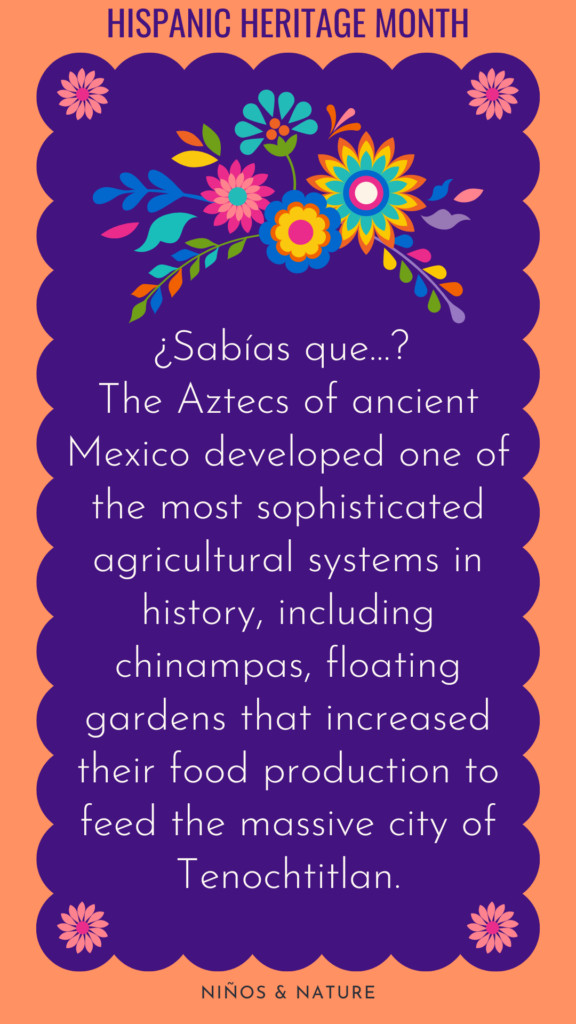
- ¿Sabías que…? Ellen Ochoa was the first Latina astronaut to go to space. She flew on four space shuttle missions and later became the first Hispanic director of NASA’s Johnson Space Center.
- ¿Sabías que…? The Amazon Rainforest, spanning eight countries in South America, is often called the “lungs of the Earth” because it produces more than 20% of the world’s oxygen and holds the greatest diversity of wildlife on the planet.
- ¿Sabías que…? The Salar de Uyuni in Bolivia is the largest salt flat in the world, covering over 4,000 square miles. Formed from prehistoric lakes, it creates a surreal mirror effect after rain, reflecting the sky and surrounding mountains.
- ¿Sabías que…? Dolores Huerta co-founded the National Farmworkers Association and has spent her life advocating for the rights of farmworkers and the Latino community. Her rallying cry, “Sí se puede,” has become a symbol of empowerment.
- ¿Sabías que…? The Mexican Muralism movement, led by artists like Diego Rivera, David Alfaro Siqueiros, and José Clemente Orozco, used large-scale murals to convey social and political messages, often centered around the struggles of working people.
- ¿Sabías que…? The Andes, the longest mountain range in the world, stretches across seven countries and is home to ancient civilizations like the Inca, whose architectural achievements include Machu Picchu, a UNESCO World Heritage Site.
- ¿Sabías que…? The Spanish language is the second most spoken language in the world by native speakers, with over 460 million people speaking it as their first language.
- ¿Sabías que…? Celia Cruz, known as the “Queen of Salsa,” popularized Afro-Cuban music internationally and became one of the most influential Latina singers of all time with her powerful voice and iconic cry of “¡Azúcar!”
- ¿Sabías que…? The Kuna people of Panama and Colombia preserve their cultural heritage through colorful textiles called molas, featuring intricate designs that reflect their connection to nature and spiritual beliefs.
- ¿Sabías que…? César Chávez, a Mexican-American labor leader and civil rights activist, co-founded the United Farm Workers (UFW) union in the 1960s. He dedicated his life to improving working conditions and wages for farmworkers in the U.S., using nonviolent tactics such as strikes, boycotts, and marches. His efforts greatly influenced labor rights for Hispanic and Latino workers across the country.
- ¿Sabías que…? The Maya civilization, which reached its peak between 250 and 900 AD, made incredible advancements in mathematics and astronomy, including the creation of one of the most accurate calendars in human history.
- ¿Sabías que…? Rita Moreno is one of the few performers to have won all four major American entertainment awards: an Emmy, a Grammy, an Oscar, and a Tony (EGOT).
- ¿Sabías que…? María Zambrano, a Spanish philosopher and essayist, became one of the most important thinkers in Spain, blending philosophy with poetry and advocating for democracy and human rights during Spain’s turbulent political history.
- ¿Sabías que…? In Venezuela, the tepuis—tabletop mountains found in the Gran Sabana region—are some of the oldest geological formations on Earth, dating back around two billion years.
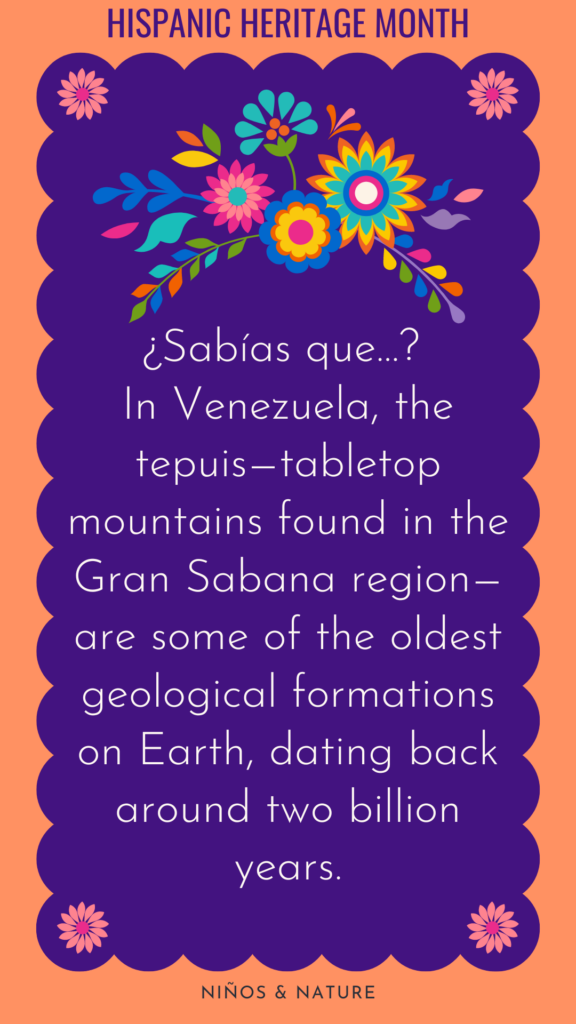
- ¿Sabías que…? Guillermo González Camarena, a Mexican engineer, invented the first color television transmission system in 1940, changing the way the world experiences media.
- ¿Sabías que…? The city of Buenos Aires, Argentina, is home to one of the world’s grandest bookstores, El Ateneo Grand Splendid, a former theater that was converted into a book lover’s paradise.
- ¿Sabías que…? Frida Kahlo, one of Mexico’s most famous painters, often depicted her physical and emotional pain in her art. After surviving a bus accident that left her with severe injuries, she began painting from her bed. Her unique style, blending surrealism with traditional Mexican folk art, made her an icon of feminist and political movements around the world.
- ¿Sabías que…? Bolivia has two capitals: Sucre is the constitutional capital, while La Paz is the administrative capital and the highest capital city in the world, sitting at more than 11,900 feet above sea level.
- ¿Sabías que…? Machu Picchu was so expertly constructed by the Incas that its stones fit together perfectly without mortar, a technique called ashlar, which allowed the structures to withstand earthquakes.
- ¿Sabías que…? Franklin Chang-Díaz, a Costa Rican-American physicist and NASA astronaut, flew on seven space shuttle missions and is a pioneer in the field of plasma rocket propulsion.
- ¿Sabías que…? The Carnival of Barranquilla, celebrated in Colombia, is one of the largest and most colorful carnivals in the world. It blends African, Indigenous, and Spanish traditions through music, dance, and parades, with vibrant costumes and lively performances that draw visitors from around the globe.
- ¿Sabías que…? Mario Molina, a Mexican chemist, won the Nobel Prize in Chemistry in 1995 for his work on the depletion of the ozone layer, helping to lead international efforts to protect the Earth’s atmosphere.
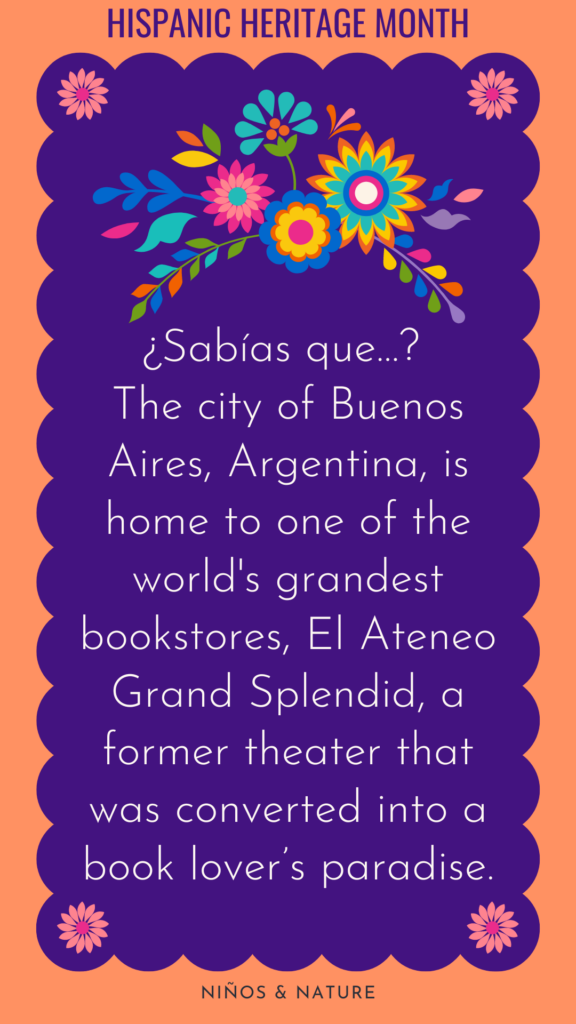
- ¿Sabías que…? The largest number of Spanish speakers in the world live in Mexico, with over 120 million Spanish speakers, making it the country with the most native speakers of the language.
- ¿Sabías que…? In Chile, a desert valley known as Elqui Valley is recognized as one of the best places in the world for stargazing due to its clear skies and high altitude.
- ¿Sabías que…? The Quinceañera is a traditional celebration in many Hispanic cultures that marks a girl’s 15th birthday, symbolizing her transition from childhood to womanhood. The event is often accompanied by a religious ceremony, a large party, and special customs like the “changing of the shoes” and the “last doll.”
- ¿Sabías que…? Salsa music, which originated in New York City in the 1960s, is a fusion of Cuban, Puerto Rican, and African rhythms. It quickly spread across Latin America and the world, with legendary artists like Celia Cruz and Willie Colón making salsa a global sensation and an enduring symbol of Latin culture and pride.
- ¿Sabías que…? Argentina’s Iguazu Falls, one of the largest waterfall systems in the world, is so wide that it spans the border between Argentina and Brazil and features over 270 individual waterfalls.
- ¿Sabías que…? Paraguay is one of the few countries in the world that is landlocked by two rivers—the Paraná River and the Paraguay River—which play a crucial role in the country’s economy and culture.
- ¿Sabías que…? The origin of tamales dates back to the Aztec and Mayan civilizations. Made from masa (corn dough) and filled with meat, cheese, or vegetables, tamales are wrapped in corn husks or banana leaves and steamed, making them a versatile and ancient meal.
- ¿Sabías que…? Isabel Allende Bussi, daughter of Chile’s former president Salvador Allende, became a powerful figure in Chilean politics. She was the first woman to serve as President of the Chilean Senate and has been a strong advocate for human rights and women’s equality throughout her political career.
- ¿Sabías que…? Puerto Rico’s coquí frog, named for its distinctive call, is one of the smallest frogs in the world, measuring just one to two inches long, and is a national symbol of the island.
- ¿Sabías que…? The Pampas region in Argentina and Uruguay is famous for its gaucho (cowboy) culture, which is a source of national pride and still influences rural life in both countries.
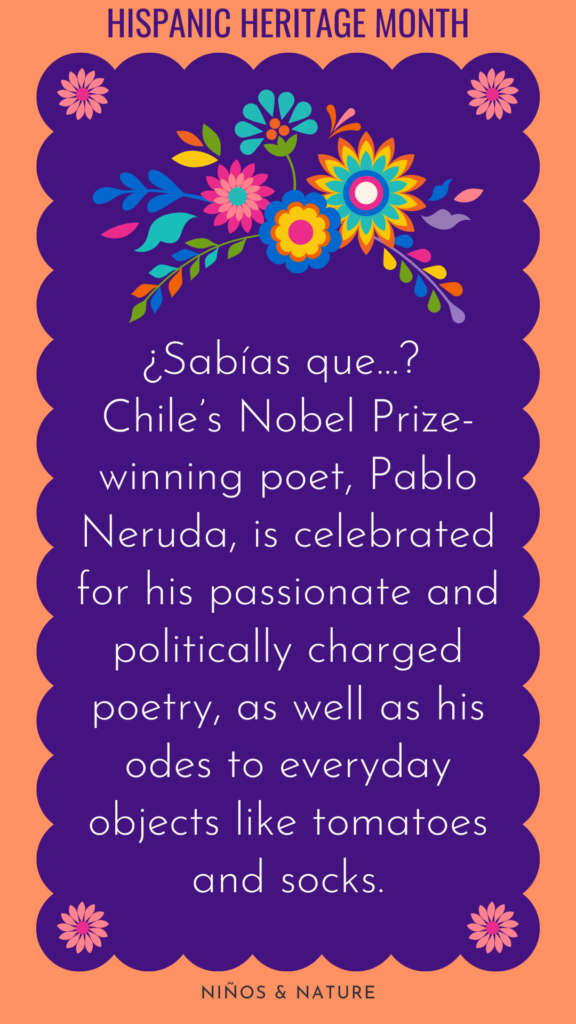
- ¿Sabías que…? Ynes Mexía, a Mexican-American botanist, discovered over 500 new plant species during her lifetime and made significant contributions to botanical science through her field research.
- ¿Sabías que…? Colombia’s Carnaval de Barranquilla is one of the largest carnivals in the world, blending Indigenous, African, and Spanish traditions in a massive celebration of music, dance, and culture.
- ¿Sabías que…? Chile’s Nobel Prize-winning poet, Pablo Neruda, is celebrated for his passionate and politically charged poetry, as well as his odes to everyday objects like tomatoes and socks.
- ¿Sabías que…? Brazil’s Carnival, the largest in the world, draws millions of people to Rio de Janeiro each year to celebrate with samba music, elaborate costumes, and spectacular parades.
- ¿Sabías que…? The ruins of Copán in Honduras were once a major Maya city known for its detailed stone carvings and hieroglyphic stairway, which is the longest known Maya text in the world.
- ¿Sabías que…? The Gran Chaco, shared by Argentina, Bolivia, Paraguay, and Brazil, is one of the largest forests in South America and is home to many indigenous communities that rely on its resources for survival.
Children's Books for Celebrating Hispanic Heritage Month
Research Spanish Speaking Countries & Territories
Learning about Spanish-speaking countries and territories is a fantastic way to celebrate Hispanic Heritage Month! If you’re looking for ways to help kids explore these diverse cultures and landscapes, check out my blog posts with free printable maps of Spanish-speaking countries and free flag printables to color. These resources are great for adding an interactive element to your lessons or activities while you learn about Hispanic and Latino communities throughout the world.
For a more in-depth learning experience, my Interactive Notebook for Spanish-Speaking Countries and Territories is the perfect tool! This all-Spanish resource helps kids explore 21 countries and territories through cultural readings, guided research prompts, flag coloring pages, and maps. It’s designed for kids to research each country’s history, traditions, and geography, making it ideal for homeschoolers, classrooms, or independent study. Plus, it includes plenty of space for note-taking, reflection, and additional activities that make learning engaging and fun!
With these resources, students can go beyond just names and locations—they’ll gain a deeper understanding of the rich cultural heritage that makes each country unique.
Bonus: Free Famous Latinas Coloring Pages
In addition to exploring Spanish-speaking countries, don’t forget to check out my Famous Latinas Coloring Pages! These printable pages highlight eight influential Latina women from history and today, such as Frida Kahlo, Isabell Allende, and Joan Baez. Each page is a fun, creative way for kids to learn about the incredible contributions of these women while celebrating Hispanic culture. These coloring pages are a perfect complement to the Spanish-speaking countries activities and can spark discussions about the impact of Latinas around the world.
Hispanic Heritage Month is a time to celebrate the rich history, vibrant cultures, and remarkable contributions of Hispanic and Latino communities around the world. By sharing these “¿Sabías que…?” facts, researching Spanish-speaking countries, and exploring the lives of famous Latinas, you can create meaningful connections with your students or children. Whether it’s through daily discussions, hands-on activities, or coloring fun, these resources offer an engaging way to honor and learn about Hispanic heritage.
Like this post? Share & save it!
